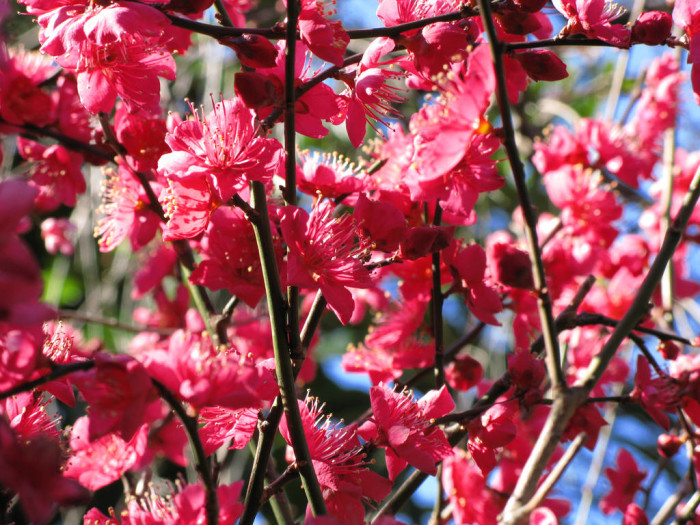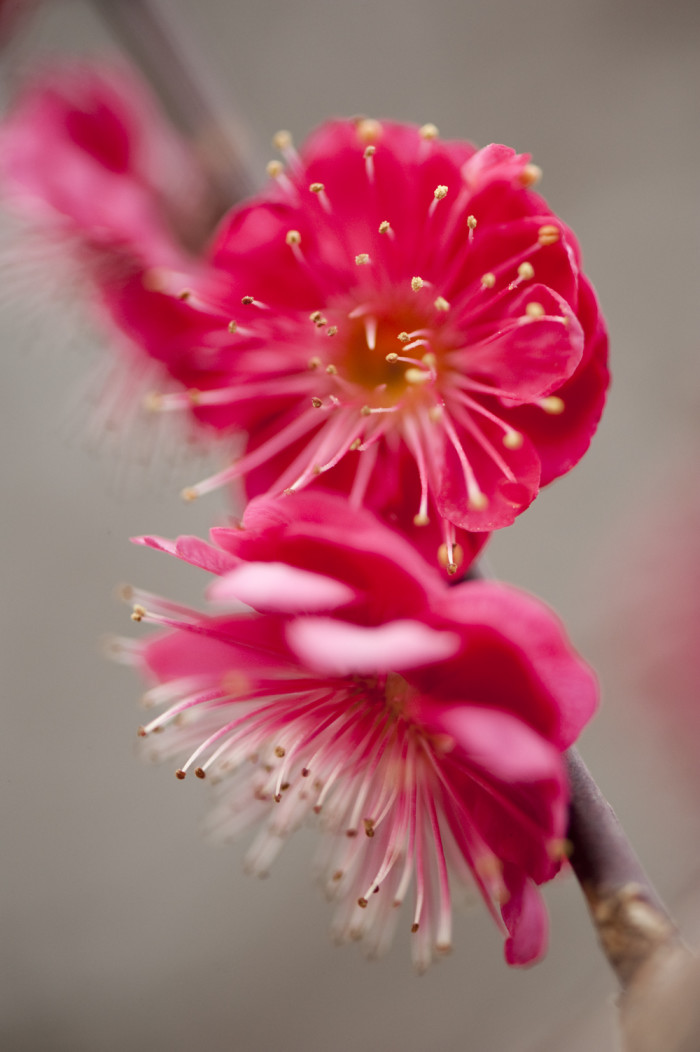This is the first year of school for our kids in New England. My wife grew up in Pennsylvania and I grew up in North Carolina. During our school years, we became accustomed to a week long Spring Break, usually around the Easter holiday. In New England, we learned, our kids get two, one-week breaks after the New Year. They get a mid-winter break that coincides with Presidents’ Day as well as a Spring Break that includes Patriot’s Day. Patriot’s Day is officially a holiday in Maine and Massachusetts and is probably best known for the date of the Boston Marathon.
Now that we’ve almost made it through our first winter in Maine, we clearly understand why the kids have two breaks. The first is to get a break from the snow. The second, I’ve been told, is to take a break from the mud caused by the thawing ground. We decided this first mid-winter break to head south to my home state of North Carolina to see family and friends. We’re staying the week with my mother who lives on the outskirts of Raleigh. Around her home, is a hodgepodge of plants that I acquired while studying and working in Raleigh.
Directly adjacent to her back deck is a small tree that I had forgotten. It is Prunus mume, or Japanese flowering apricot. The label for the plant was lost years ago but I believe it is the double flowered cultivar, ‘Peggy Clarke.’ This tree was given to me around 1994 by the late J.C. Raulston. Dr. Raulston, while at N.C. State University, became the Johnny Appleseed (or in this case, Apricotseed) of Prunus mume. J.C. used to hold free lectures on campus to talk about new plants or travels he had taken (J.C. had visited every county of every state in the United States). After the lecture, J.C. had a way to keep people in their seats: he gave away free plants. At one of these lectures was where I obtained the Japanese flowering apricot that is now a 20′ tall tree. I obtained it as a 6″ rooted cutting in a 2″ pot. I planted it right in the ground and then let it go.
In that spot, off of my mother’s deck it has grown for almost 20 years. And every year in mid to late January, my mother calls or sends a note to tell me how beautiful the tree is in flower. That is the beauty of Prunus mume, it will flower around the same time as the witchhazels with small, pink or white flowers. There are numerous cultivars available (close to 300 in Japan, where it has been cultivated for many years) so shop around to find the color or form you want for your garden. Cultivars available in the US include: ‘Peggy Clarke’ – double pink flowers, ‘Matsubara Red’ – double red flowers, ‘Dawn’ – double pink flowers, and ‘Rosemary Clarke’ – double white flowers. After flowering, Japanese flowering apricots do produce a small, apricot like fruit (common apricot is Prunus armeniaca). The fruits are considered edible in Asian cultures but tend to be too bitter for most Western palates. The fruit is also salted, dried or cured in alcohol.
When I get back to Maine, I definitely want to add Prunus mume to our USDA zone 6a gardens. It is likely to be marginally hardy in our area but it should provide an early burst of color to provide a break from the mid-winter landscape.
Do you have Prunus mume in your garden?
–Rodney


We have two in the garden. It has been the best year for flowers since I planted them 6 years ago. Their scent is amazing – like cloves.
Japanese Flowering Apricot: A Tree of Nostalgia —studio ‘g’ garden design and landscape inspiration and ideas Studio G, Garden Design & Landscape Inspiration